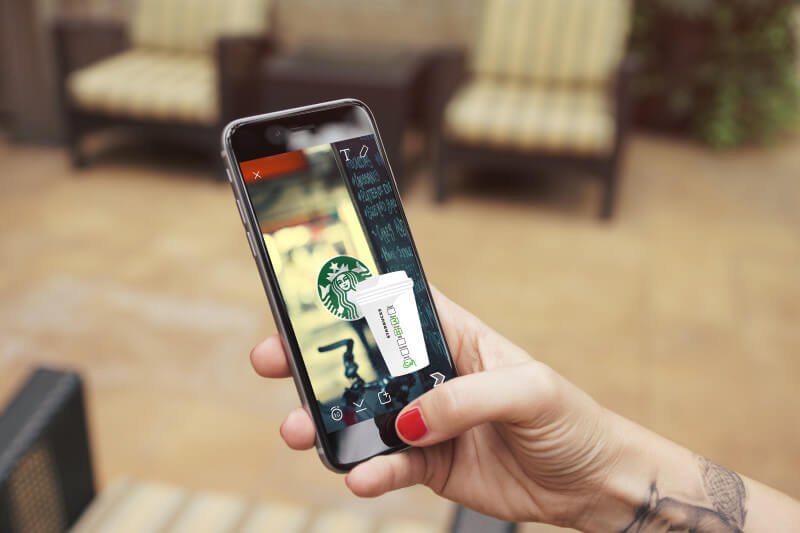Hyperpersonalization can turn a sales possibility into a great big YES. Here’s how you can hyperpersonalize your campaigns in five easy steps.
Imagine that you’re a 23-year-old single guy, heading out to do some grocery shopping. As you go into the store, you open the store’s mobile app, check out some deals, and hit the snack aisle.
That’s when the push notifications start:
Ping! Great savings on diapers!
Ping! Buy one, get one on baby formula!
Ping! Kid’s toys! Toddler clothes! Baby wipes! Stock up now, mom!
You’ve just been un-personalized: sent a deluge of completely pointless communication.
Let’s be real: we’ve all received plenty of offers that were poorly personalized. Maybe you laughed. Maybe you cringed and deleted it before anyone else saw it. Maybe you got mad. There’s one thing you didn’t do, and that’s buy the product or service advertised.
When a message is poorly personalized, it gives the impression that you don’t care enough about your customer to find out their basic information and preferences. It’s the opposite of good marketing. Hyperpersonalization, on the other hand, can turn your message into something your customer reads and acts on. What is hyperpersonalization, and how can you start using it?
The Evolution of Hyperpersonalization
To understand hyperpersonalization, we first have to nail down the definition of personalization, at least in the marketing sense. At its most basic, personalization is using the name and maybe the address of your customer. Realistically, though, most companies have gone far beyond that, including data from purchase histories and general geographic location.
If personalization tells us someone’s name, hyperpersonalization tells you what they are interested in right now. It adds things like in-app behavior, on-website browsing habits, and even social media info to the mix. It can customize messages to what a customer is doing at the moment.
If this sounds like a good thing for marketers, it is; a study cited by tlcmarketing.com showed a 50% increase in online media purchases when a personalized recommendation was used to get customers’ attention. So how can you make use of this shiny new technology?
Five Easy Steps to Hyperpersonalizing Your Campaigns
Surprised that there are only five steps to hyperpersonalization? Don’t be; you’re probably already doing the first two or three. Hyperpersonalization is all about taking this level of attention one step further.
- Step One: Gather Your Data.This probably goes without saying, but before you hyperpersonalize anything, you need to start with plain personalization. Your own records are a good place to get the basics: name, address/geographic location, and purchase history. From your website, you can add browsing activity. A couple of newer trends – data analysis and social listening – make it possible for you to learn from social media remarks, profile information, and other types of online interactions.Of course, there’s another way to get data: ask for it. A sign-up process is a good place to start, and you should give your customers the option to fill in their demographic information and interests. From time to time, you can ask them to update this info, but don’t get pushy. Build a rapport first.
- Step Two: Start Small and Simple.Once you have your information, you can start with simple segmentation. First, we’d consider age groups and gender, as these can make a huge difference in buying behaviors.Another thing to consider at this point is purchase history. If you have a luxury cruise in the Mediterranean to offer, sending it to customers who show lots of interest in budget-friendly camping vacations doesn’t make sense.
- Step Three: Ramp Up Personalization.Now that you have the Big Three in place – interests, age group, and gender – you can begin to personalize things even more. Instead of relying solely on purchase information, start putting customers’ on-website and in-app activity into the picture. Amazon, Best Buy, and other big-name retailers are excellent examples of this type of hyperpersonalization. They send you notices if you’ve left something in your cart. They offer polite little emails featuring things you’ve recently looked at. And they extend this to items that people with similar interests have bought.
- Step Four: Use Good Marketing Software.Does the idea of wading through an ocean of customer data hold no appeal for you? Fortunately, it’s not something you need to do. Marketing software can handle all that, and do it with an astonishing level of detail. It can also give your customers a seamless experience across multiple channels, optimize your e-commerce performance and demand generation, and even recommend the most relevant content for each of your visitors.
- Step Five: Build In Contextual Data.The final phase in hyperpersonalization requires you to take a step back. Rather than zooming in on your customer, pull the lens away a bit. Is it an especially cold midwinter on the East Coast? Even if your customer doesn’t have a personal history of shopping for down-filled jackets, it might be a good time to present an offer featuring one. Or zoom in even tighter, creating offers that change depending on the time of day they are accessed.
Real-time is losing its novelty factor and becoming an accepted part of how marketers get things done. The same is true with personalization; it’s almost reached the threshold of being something expected rather than something attention-grabbing. Now is the time to start using hyperpersonalization in your campaigns. With these five steps, it is easier than you think.































